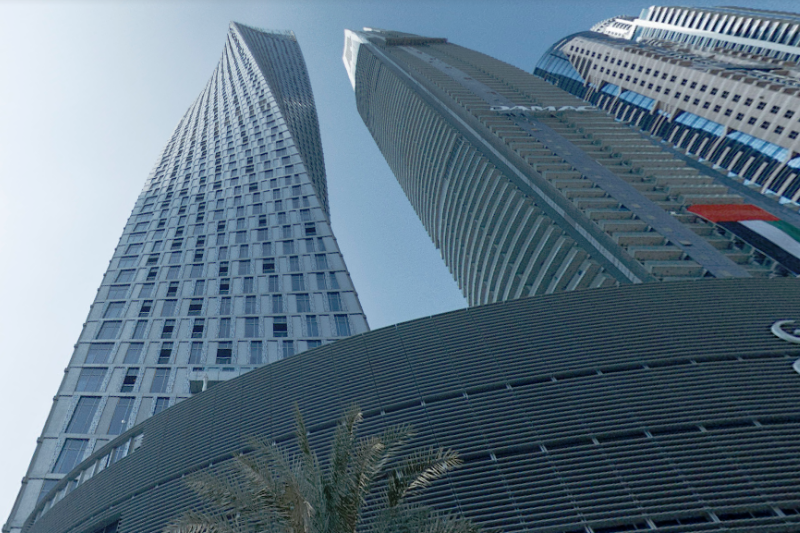
One of the code requirements in structural analysis is to review the structural arrangement of the elements as a whole for any type of building irregularities. The most popular among these types and perhaps the most complex is the Torsional Irregularity since this type of building plan irregularity cannot be avoided and is inherent in building structures. How do we check if the torsional irregularity exists in buildings and why? That will be further explained in the succeeding part of this article.
To be understood simply, let us discuss this in layman’s term. Let us take a look at the top or plan view of the building as shown in Figure 1.1 below. When a building is subjected to a lateral force Ey in the y-direction, the building tends to rotate at a certain movement. This movement will twist the building and will create lateral forces at each level known as inter-story drift at the leftmost and rightmost end of the building in the x-direction about the vertical axis. On the other hand, when the building was pushed by a lateral force Ex in the x-direction, the same scenario will occur.
In every building structure, we don’t have any control of geometrical aspects and it is close to impossible that the center of mass and the center of rigidity coincides, therefore a torsional eccentricity is created. Torsional eccentricity is the distance between the center of mass and center of rigidity. Due to this, an accidental torsion is used to account for uncertainties regarding mass and stiffness including the variability of live load and to account for the torsional component of the ground motion. An initial 5% of building dimension perpendicular to the dimension of the applied load is considered to account for torsional eccentricity additional to the lateral loads that tend the building to twist. This may amplify to a certain percentage when the building is proven to have a torsional irregularity.
Figure 1.1 Building Schematic Behavior due to Lateral Forces
How to Check if Torsional Irregularity Exists
The drift in the extreme points of the building was measured to determine the existence of torsional irregularity. These drift values can be measured using three-dimensional modeling through structural software. The code set limitations on how to determine if the torsional irregularity exists. Different known structural design codes have an almost similar approach. But for the sake of discussion, we will use the UBC-97 code in this article.
The UBC 97 as per clause 1629.9.3 states that the Torsional Irregularity exists when the maximum story drift, computed including accidental torsion, at one end of the structure transverse to an axis is more than 1.2 times the average of the story drift of the two ends of the structure.
Figure 1.2: Building Drift
To check if torsional irregularity exists in our building, let us determine the drift at the upper floor regarding Figure 1.2 above. If the maximum value of either inter-story drift in leftmost, ∆L or at the rightmost, ∆R is more than 1.2 of the average of ∆L and ∆R, torsional irregularity exists. That will give us the equation below:
Max (∆L, ∆R) > 1.2∆AVG
Where:
-
- ∆L = ∆L2 – ∆L1
- ∆R = ∆R2 – ∆R1
- ∆AVG = (∆L + ∆R)/2
When the ratio of maximum drift to the average drift exceeds 1.2, there is a potential for an unbalance in the inelastic deformation demands at the two extreme sides of a story. Thus, the equivalent stiffness of the side having the maximum deformation will be reduced and the eccentricity between the centers of mass and rigidity will increase along with the corresponding torsions. In this regard, an amplification factor, Ax is to be applied to the accidental eccentricity to represent the effect of the unbalance stiffness.
Figure 1.3: Amplification Factor, Ax
The effects shall be accounted for by increasing the accidental torsion at each level by the amplification factor, Ax. The amplification factor shall satisfy the following formula but not to exceed 3.0
where:
-
- ∆max: is the maximum displacement (maximum of ∆L and ∆R) at the extreme points of the structure on the level in consideration
- ∆avg: the average displacement [(∆L+∆R)/2] at the level in consideration
To sum it up:
- In checking the existence of torsional irregularity, we are looking for storey drift on the extreme points of the building as stated above.
- Once we confirmed that there is a torsional irregularity, we calculate the Amplification factor, Ax by the maximum displacement and average displacement results. Note that these displacements should under Ex and Ey load cases.
Hint:
The ratio of storey drifts can be taken directly when using ETABS results after the analysis and no need to calculate it manually. If these ratios are more than 1.2, then we calculate the amplicfication factor following the displacement resullts taken as well from the same software.
Refer to our next article on how to apply the torsional irregularity check in an ETABS structural model for your reference.
References: UBC-97, Seaoc Design Manual, ASCE-7
What do you think about this article? Tell us your thoughts, leave a message on the comment form below. Subscribe to our newsletter to be updated with the latest posts or follow us on our social media pages on the below icons.
![]()

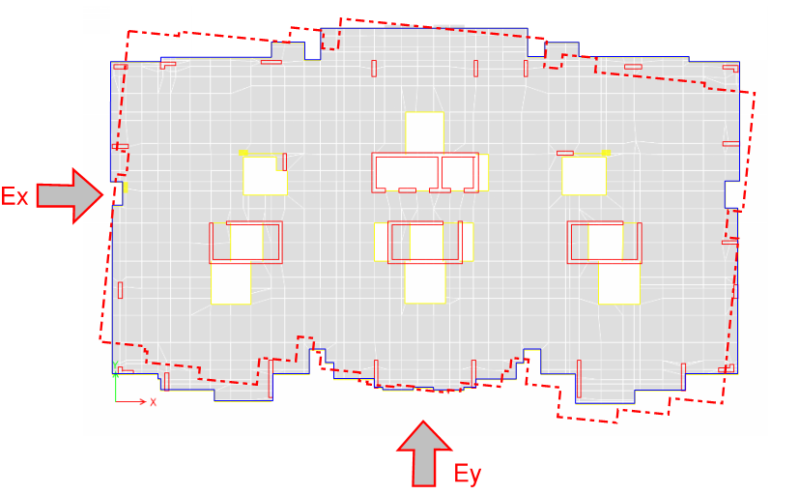
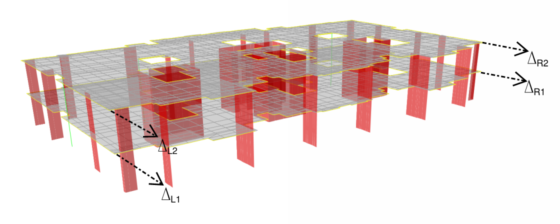
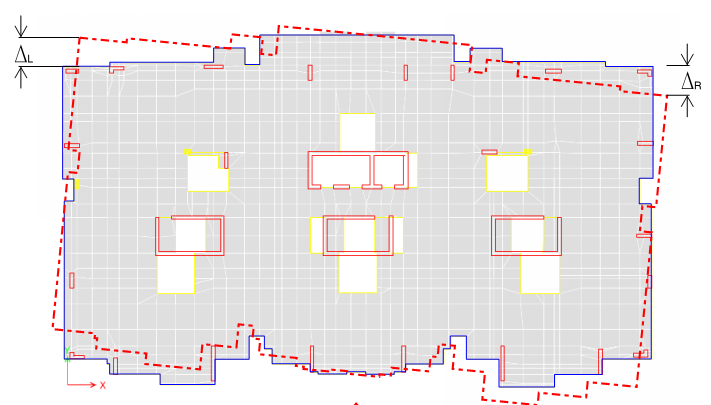
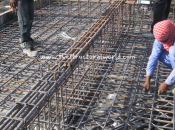

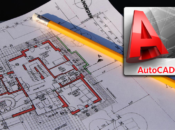
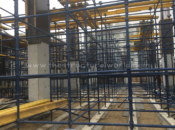
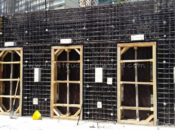
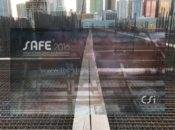
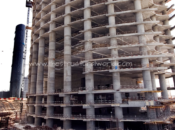
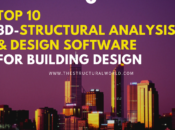


Hi Structural World,
First of all i want to say thank you for this amazing website, I find quite a lot of important information here.
I just want to ask about the last sentence, you wrote “Stay tuned for an upcoming article on how to apply the torsional irregularity check in an ETABS structural model.” is it posted? because I can’t seem to find it.
It would be great if you can tell me which thread is it.
Thanks for your consideration.
It’s not posted yet. Kindly follow our social media pages and subscribe to our newsletter for you to notify once posted. Thanks!
very good I understand clearly about torsional irregularities